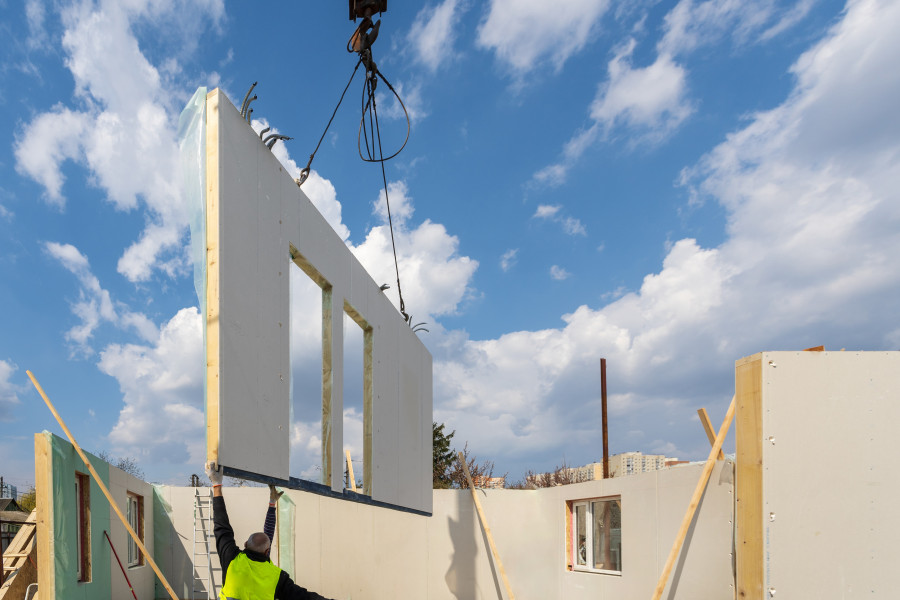We need built environment leaders

The Construction 2025: strategy - policy paper, published by the UK Government as long ago as 2013 highlighted some demanding targets:
33% reduction in the initial cost of construction and the whole life cost of built assets.
50% reduction in the overall time, from inception to completion, for new build and refurbished assets.
50% reduction in greenhouse gas emissions in the built environment.
50% reduction in the trade gap between total exports and total imports for construction products and materials.
Fast forward to 2022 and we can clearly see that such high ambitions are nowhere near achieved. So, what can we do to shift the construction sector into a more responsible and sustainable future?
RIBA (Royal Institute of British Architects) president Simon Alford supports that architects are ready to work with the government and that ‘the government must recognise that, in addition to construction being a key driver of growth, buildings are long-term assets, critical to our quality of life and wellbeing’.
At the same time, members of the Royal Town Planning Institute (RTPI) are concerned that continued political uncertainty will delay plans and projects their communities need.
That said, the shift from traditional construction to offsite solutions seems the only way possible. Besides the obvious time saving, other benefits like reduced environmental impact (both for construction stage and building performance), reduction in whole-life cost of the asset, factory precision tolerances, less reliance on temporary works, and improved safety & workforce satisfaction are the way to address the Construction 2025 targets.
Even though it might still seem too ambitious, countries like Denmark and Finland are way ahead and prove that the change is more than possible and that the benefits do have a direct impact on local communities.
It is urgent to rethink the way we are building and with what materials. Engineered wood like CLT has a range of environmental benefits, including being much lighter than many building materials, so less heavy machinery and energy is needed during construction. Buildings can also be quicker to complete since there is no drying phase as there is with concrete.
According to Ali Amiri, researcher at Aalto University in Helsinki, "if 80% of new residential buildings in Europe were made of wood they could store up to 55 million tonnes of carbon dioxide a year. That is equivalent to almost half the yearly emissions made by the continent's cement industry. ”
The Offsite Guide is strongly committed to helping the responsible industry leaders that share the same goals to stand out and be easily identified by specifiers and end users.
The time is now, action is needed.